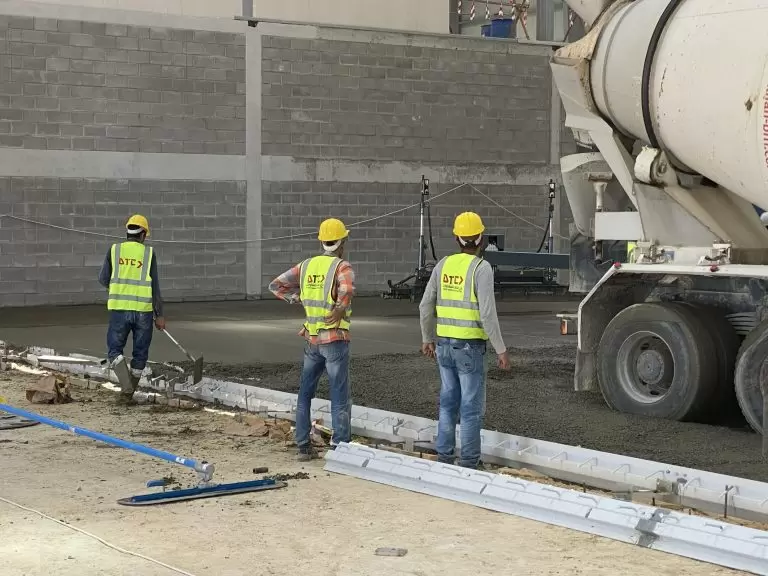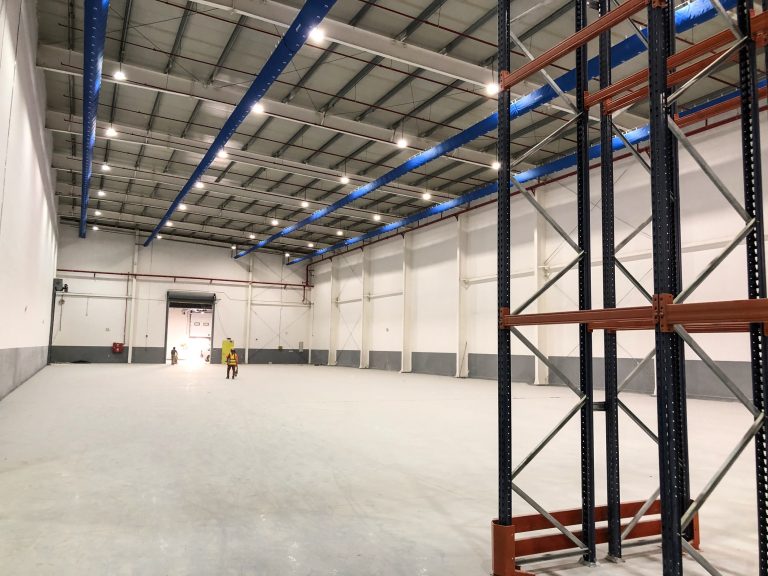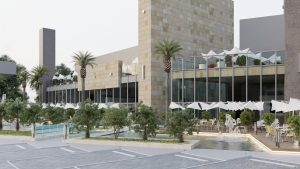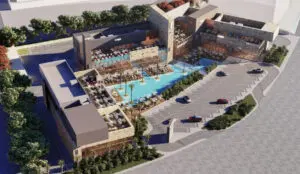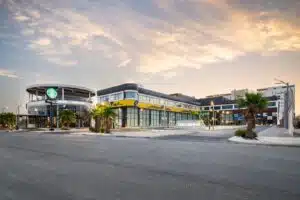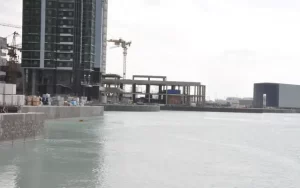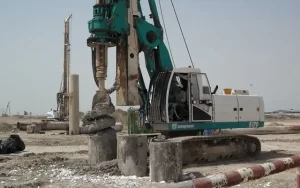The Design of Steel Connections – What to Consider
The design of steel connections in Saudi Arabia
Steel connections are the critical links that hold steel structures together. While the beams and columns may draw attention, it is the design of the connections that ensures safety, stability, and durability. In Saudi Arabia, where mega projects, malls, factories, and industrial facilities are shaping the nation’s future, proper steel connection design is at the heart of every successful project.
This article explores the golden considerations when designing steel connections—from safety and load transfer to construction feasibility—illustrated with real DTC projects across Saudi Arabia.
Why Steel Connection Design Matters
Steel connections transfer loads from one member to another, ensuring the structure behaves as intended. A poorly designed connection can compromise the entire frame, no matter how strong the beams and columns are.
In Saudi Arabia, where projects range from mega malls like Atyaf Avenue Mall in Al Khobar to heavy-duty factories such as the AMC (Arabian Minerals & Chemicals) plant in Dammam, steel connections ensure that structures can withstand high loads, seismic activity, wind, and extreme temperatures.
Key Considerations in Steel Connection Design
1. Load Transfer and Structural Integrity
Connections must efficiently transfer loads: axial, shear, bending, and torsional. The Kameyat Specialties Factory in Dammam is a prime example, where heavy industrial loads demanded robust welded and bolted connections for long-term reliability.
2. Type of Connection: Welded vs. Bolted
-
Bolted connections: Faster to install, easier for site adjustments, widely used in Saudi Arabia’s industrial warehouses such as the United Stars Warehouses in Dammam.
-
Welded connections: Provide rigidity, preferred in complex architectural projects such as Ajdan Infinity on the Khobar Corniche where aesthetics and precision were essential.
3. Safety Standards & Codes
Saudi Arabia aligns with AISC, Eurocode, and SBC (Saudi Building Code). At Al Saif Cold Storage Warehouses in Dammam, compliance with fire safety and insulation requirements meant careful selection of fire-rated steel connections.
4. Ductility and Seismic Resistance
Connections should provide ductility to absorb energy during earthquakes. This is especially critical for public spaces like Tiypa Mall in Al Khobar, where large crowds demand resilient safety design.
5. Fabrication and Erection Feasibility
Designers must balance engineering precision with practical feasibility. In Atyaf Avenue Mall, modular connection designs were adopted to allow faster site erection without compromising safety.
6. Durability and Maintenance
Saudi Arabia’s coastal cities, like Jeddah and Al Khobar, face corrosive marine environments. Connections in these regions need protective coatings, galvanization, or stainless-steel bolts, ensuring long-term performance, as seen in the Bayfront project on the Khobar Corniche.
Practical Applications in DTC Projects
Kameyat Specialties Factory – Dammam
View Project
DTC delivered a design-build industrial facility where steel connections were engineered to handle heavy machinery vibrations and dynamic industrial loads, ensuring uninterrupted production.
Tiypa Mall – Al Khobar
View Project
For this large-scale retail and entertainment hub, DTC designed rigid steel frame connections to create wide column-free spaces, essential for mall atriums and food courts.
Al Saif Cold Storage Warehouses – Dammam
View Project
With 14,000 m² of temperature-controlled space, advanced insulated connections were used to maintain thermal efficiency and structural safety under extreme refrigeration loads.
Ajdan Infinity – Khobar Corniche
View Project
Luxury residential and retail spaces required architecturally refined welded connections, ensuring sleek aesthetics while meeting structural demands.
Safety in Steel Connection Design
-
Redundancy: Designing multiple load paths to prevent sudden failure.
-
Fire Safety: Fire-rated bolted and welded joints extend evacuation times.
-
Inspection & Testing: Non-destructive testing (NDT) ensures weld quality.
-
Worker Safety: During erection, pre-bolted assemblies reduce risks.
For instance, in the Saudi Readymix Factory project, DTC implemented redundant bolted connections that minimized downtime risks in case of unexpected stress loads.
Technology and Innovation in Steel Connections
Modern projects now use:
-
BIM (Building Information Modeling) for clash detection and precision.
-
High-strength bolts (e.g., ASTM A325, A490) to improve efficiency.
-
Prefabricated steel assemblies that reduce on-site errors, as applied in ALS Arabia Laboratory.
Conclusion: Building Saudi Arabia with Strong Connections
The design of steel connections in Saudi Arabia is not just about structural mechanics—it’s about ensuring safety, efficiency, and sustainability in a booming construction industry. From industrial factories in Dammam to luxury waterfront developments in Al Khobar, DTC has proven expertise in delivering steel structures where every connection counts.
If you’re looking for a trusted steel structure contractor, DTC combines engineering precision with hands-on construction excellence.
📞 Call us today at +966 566 41 1325
📧 Email us: info@dtc.sa
🌐 Visit: dtc.sa
Also, explore our work on:


